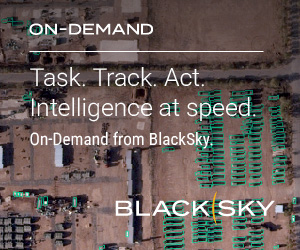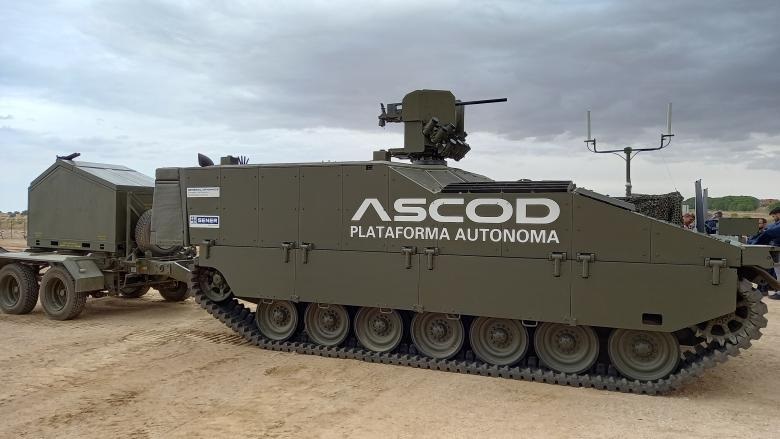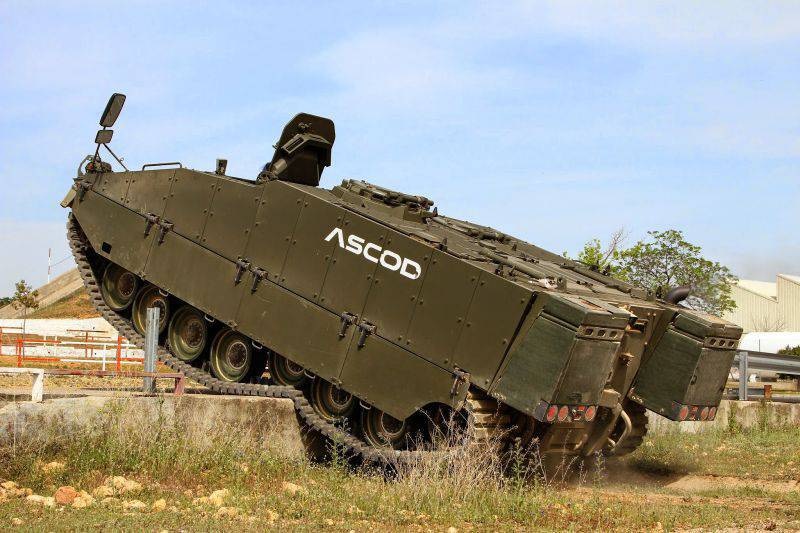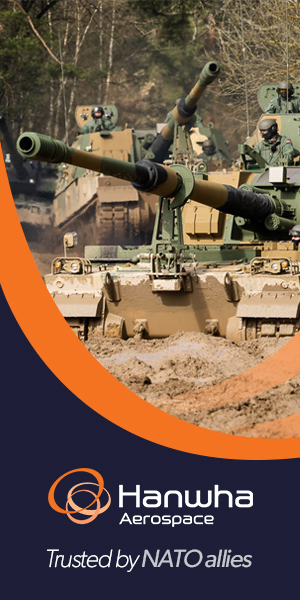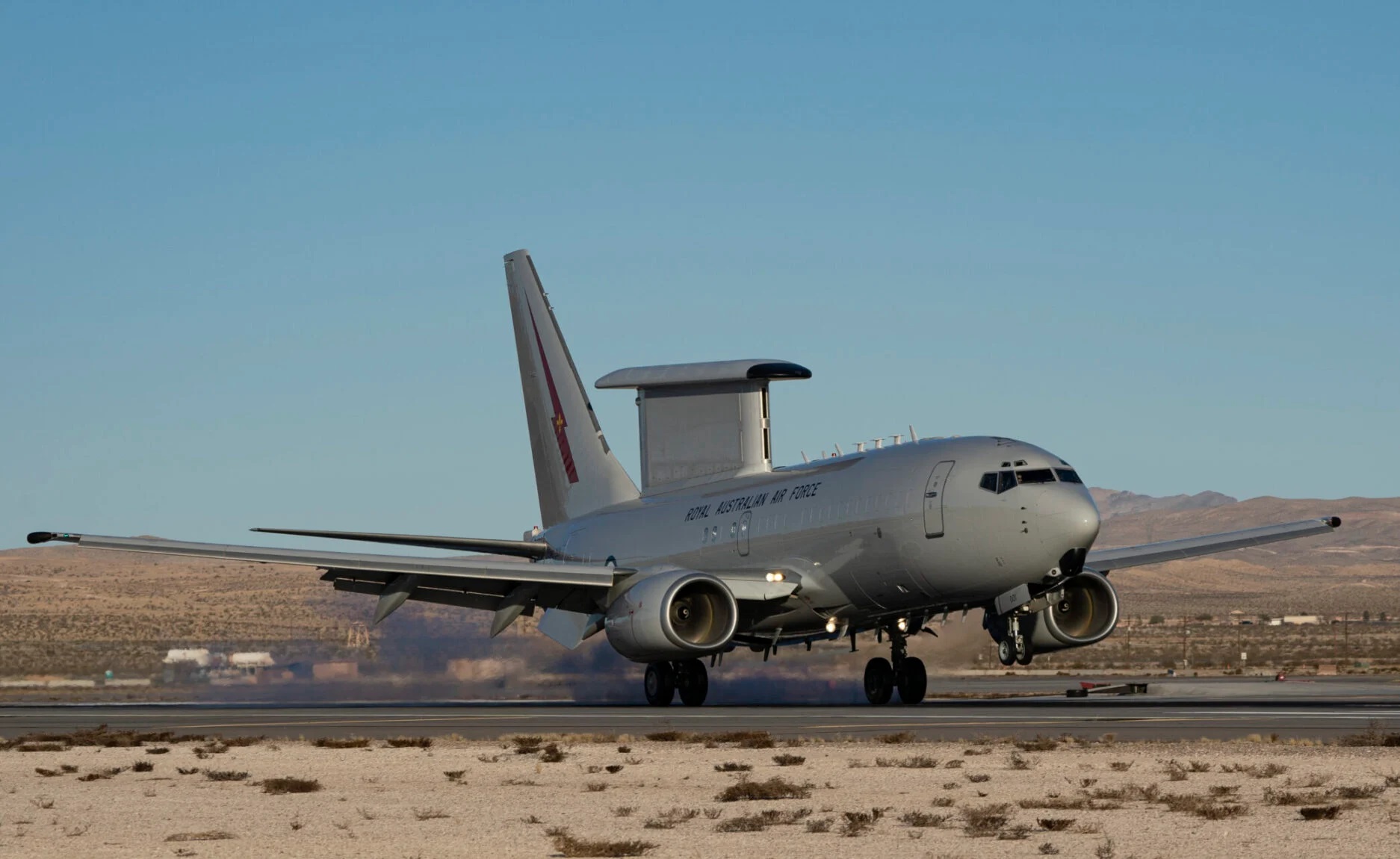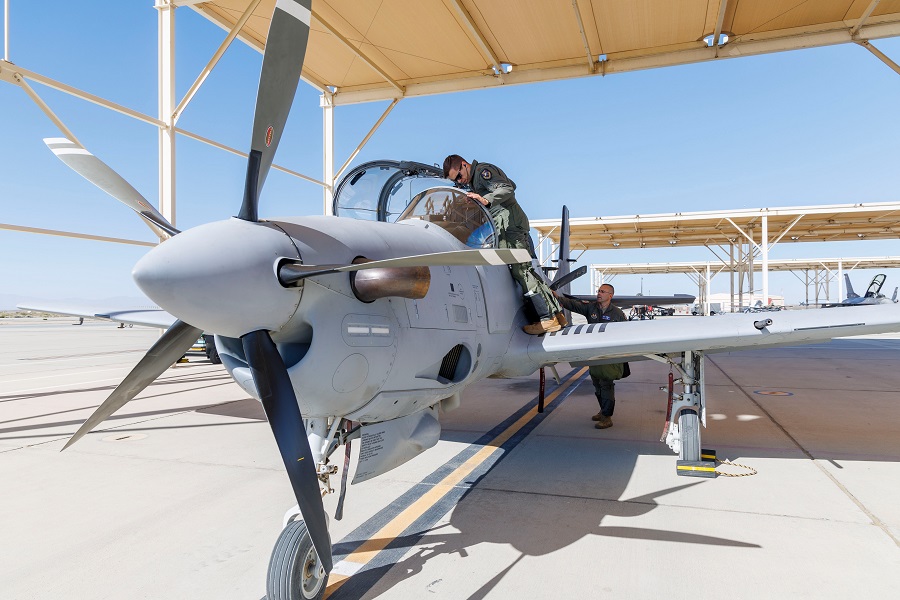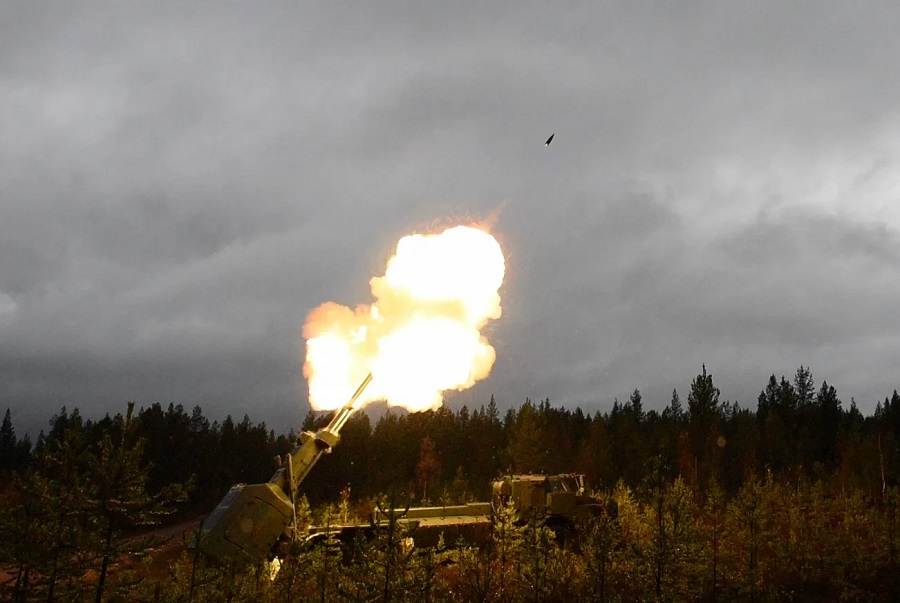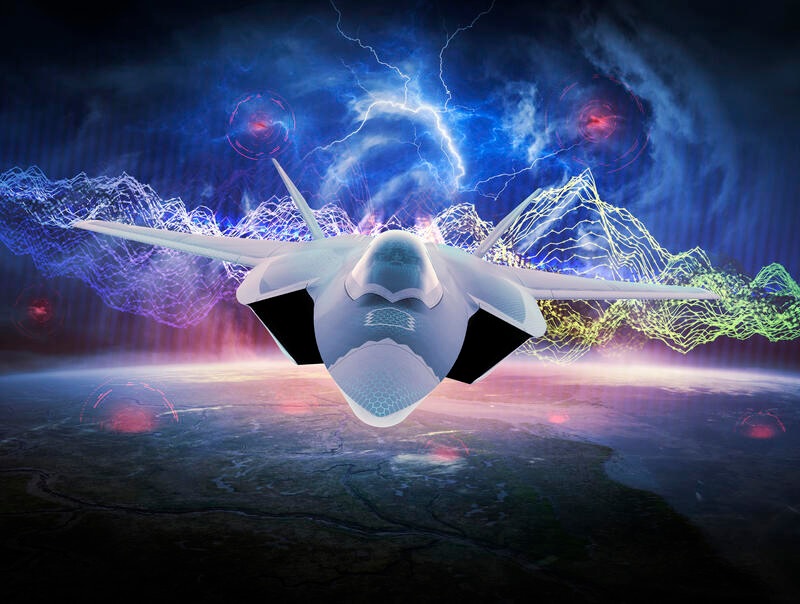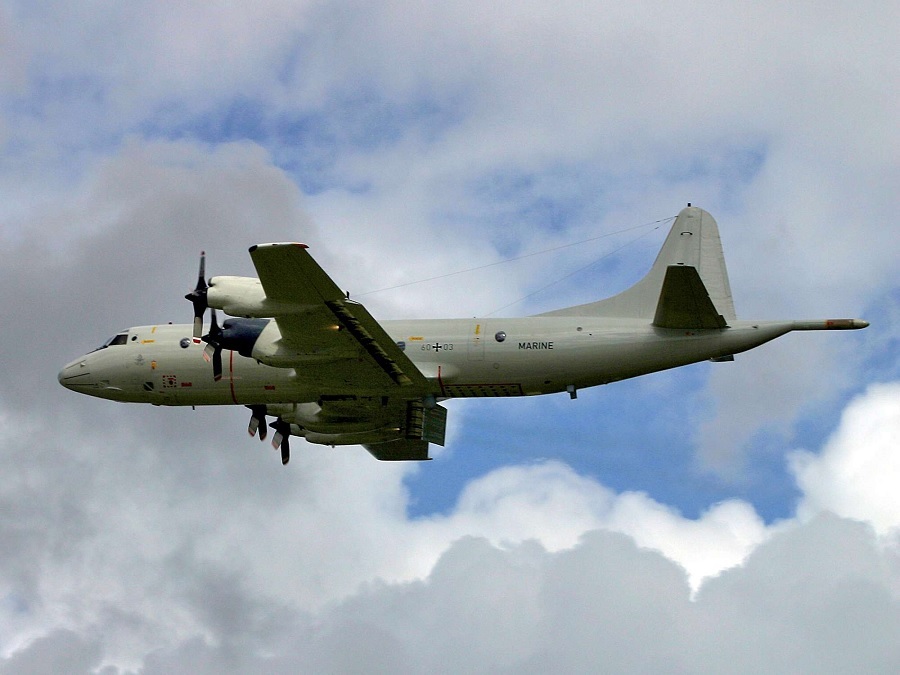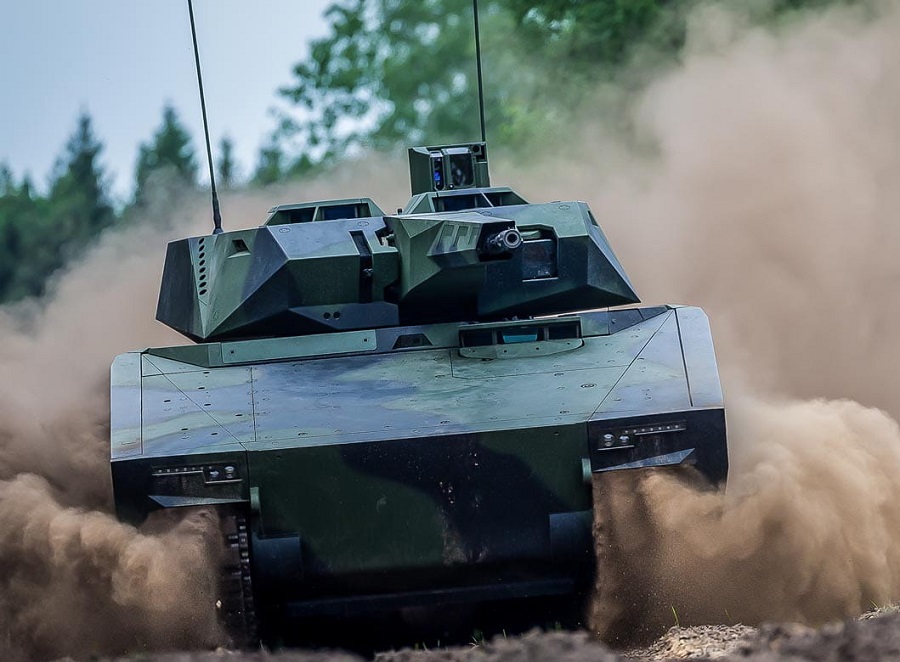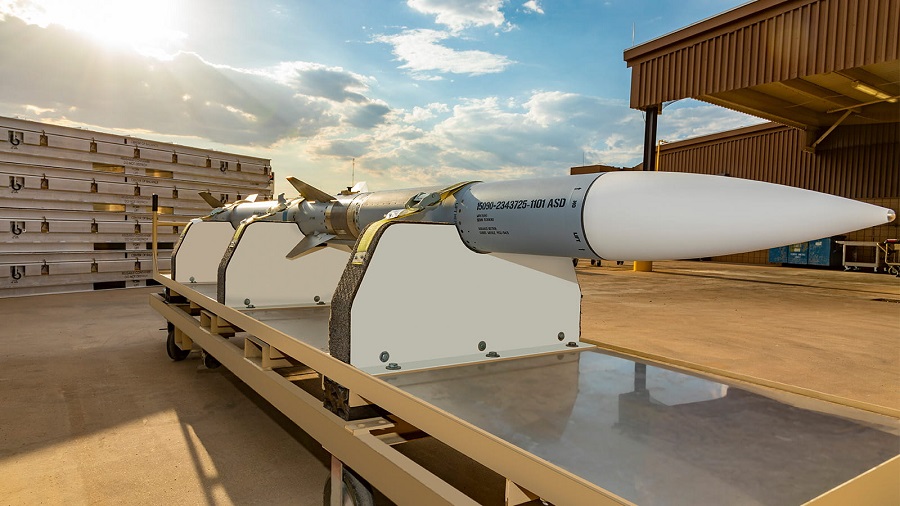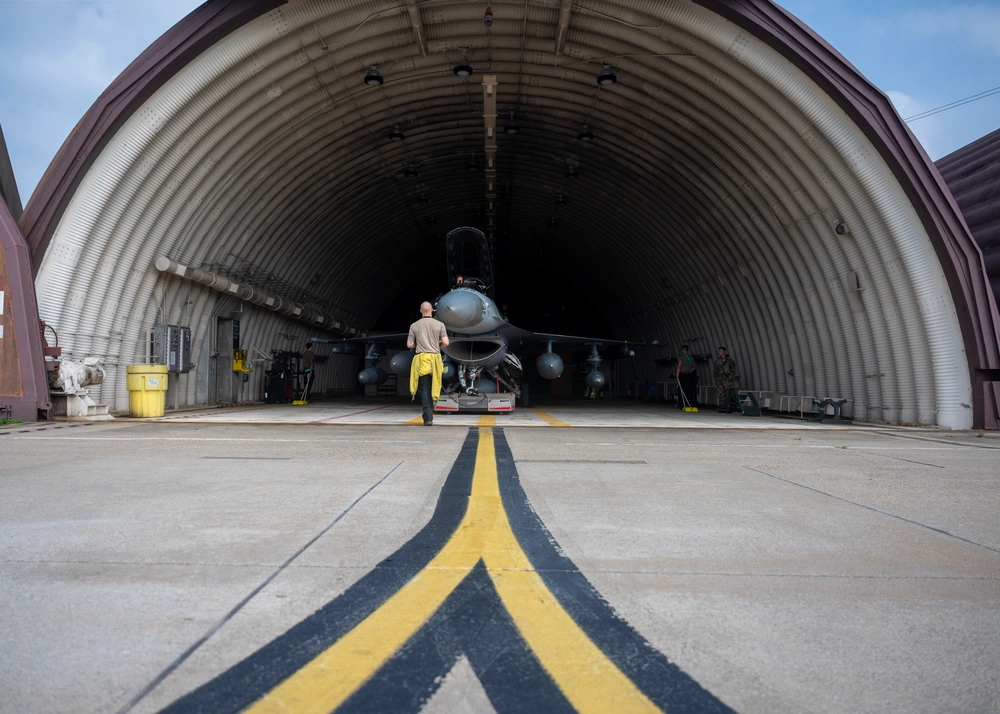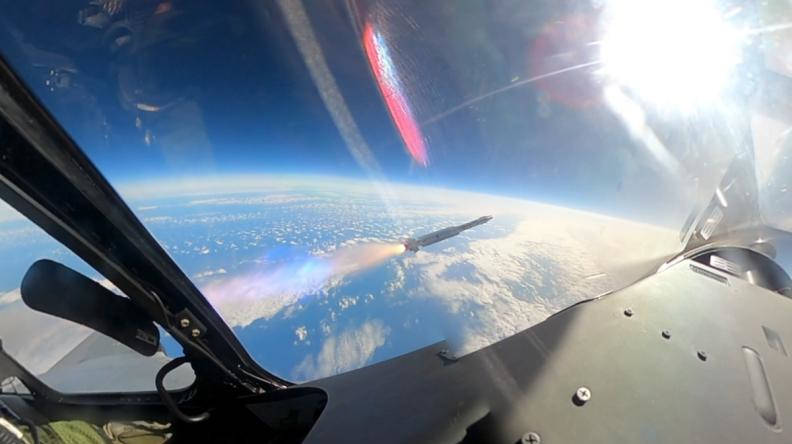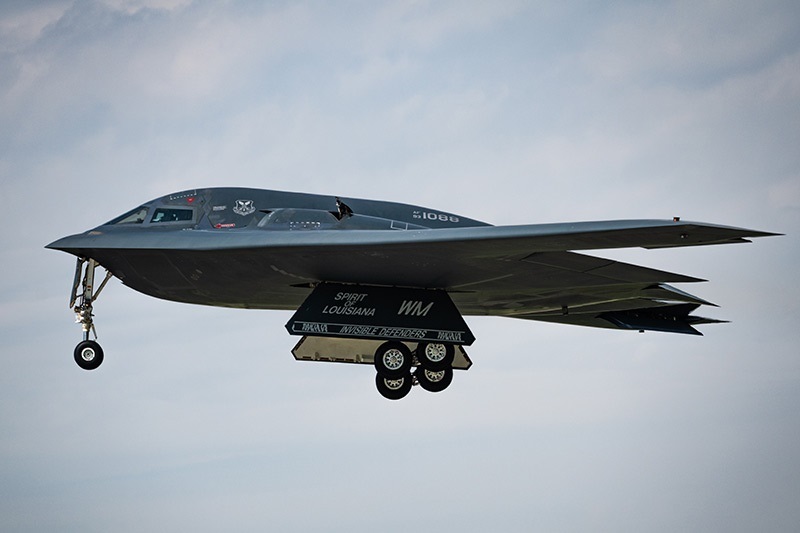Latvian Defence Minister Andris Sprūds emphasised that experts from the Ministry of Defence and the National Armed Forces conducted a thorough analysis to select the most suitable combat vehicles. “Our experts have carefully assessed options to select combat vehicles that will increase mobility and firepower capabilities,” said Minister Sprūds.
The decision follows comprehensive functional testing of various platforms in autumn 2023, with criteria including performance, cost, delivery timelines, and local industry involvement. The ministry expects negotiations with GDELS-Santa Bárbara Sistemas to conclude by the end of this year or early next year.
The ASCOD infantry fighting vehicle model is already in service with the armed forces of Spain, Austria, the United Kingdom, the United States, and the Philippines. This initiative aligns with NATO capability development objectives, which prioritise strengthening infantry fighting vehicle capacity within member states.
The Ministry of Defence commenced the procurement process for infantry fighting vehicles in early 2023, with an initial pre-selection of potential suppliers. The vehicles’ operational capabilities, associated costs, equipment availability, local industry engagement, and delivery terms were key factors in the evaluation process.
Under Latvia’s national defence concept, the armed forces aim to bolster their capabilities to limit an adversary’s freedom of movement across land, sea, and air. Latvia also aims to expand its air defence, coastal defence, long-range artillery, and unmanned aerial vehicle capacities, with the introduction of infantry combat platforms as a critical element of this strategic plan.
Source: Ministry of Defence of Latvia.

